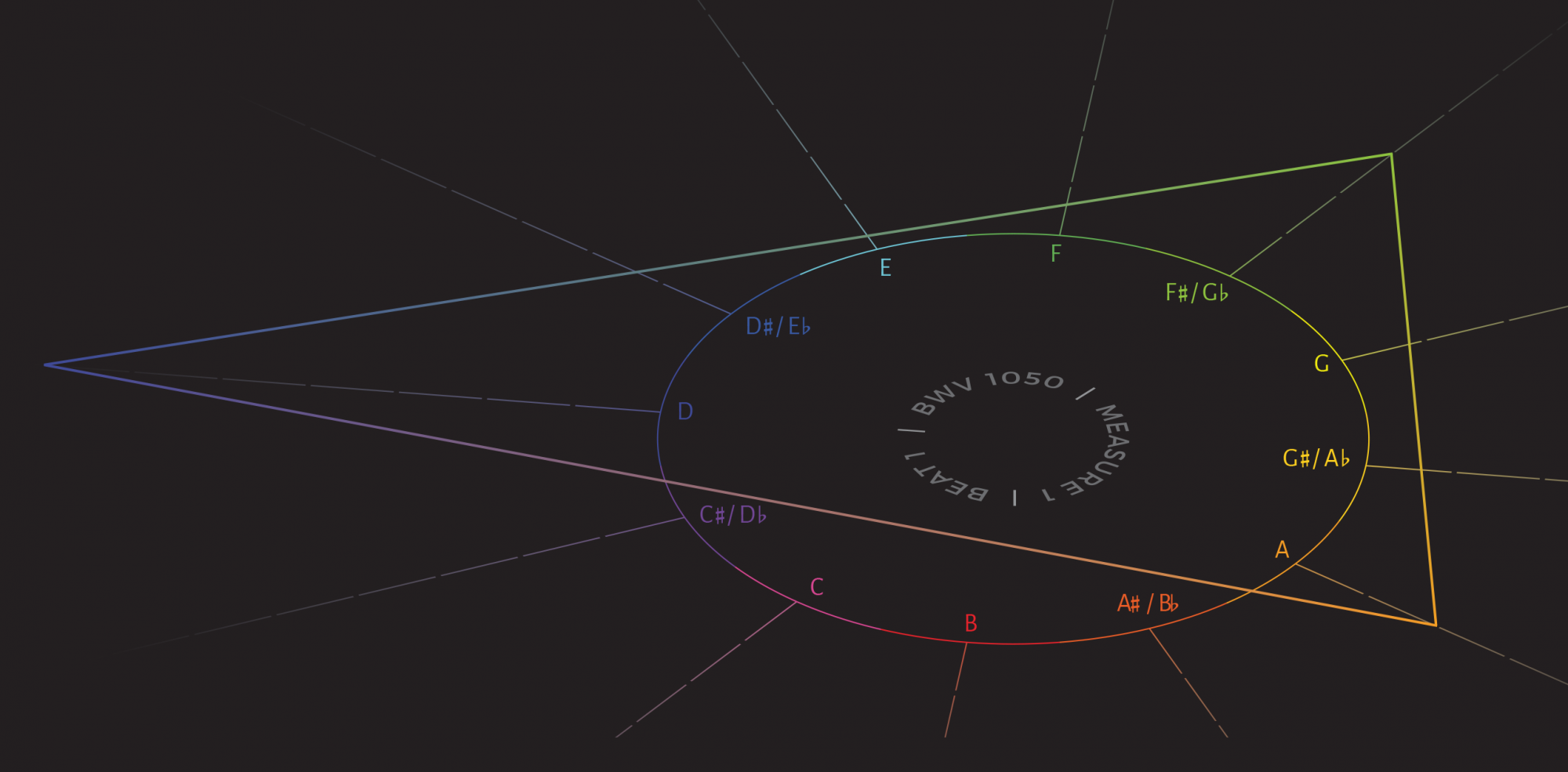Sam Reenan and Lauren Wilson, Editors
Editors’ Note (pp. i–ii)
HTML & PDF
Articles
Jeffrey Swinkin | Analytic Context and Aesthetic Properties: Listening to Recordings of Beethoven’s Largo Appassionato from Op. 2, No. 2 (1–31)
HTML & PDF —— AbstractJust as a score allows for many plausible performative interpretations, so a given performance allows for many plausible hearings. Such hearings are delimited not only by the material features of the performance—its dynamic fluctuations, for instance—but also by the context within which we hear those features. Analysis may comprise one such context. Just as a painting will have different aesthetic features, both formal and emotive, under different titles, so a performance will have different features under different types of analysis, or different readings within a given type. However, a performance does not merely passively receive a context but is heard to interact with it—to correlate with, deviate from, or disambiguate structural events. This article explores six recorded performances of the Largo Appassionato movement from Ludwig van Beethoven’s Piano Sonata in A major, op. 2, no. 2, enumerating aesthetic properties that arise when hearing those performances in the context of formal, Schenkerian, and motivic analyses.
Kyle Adams | Musical Texture and Formal Instability in Post-Millennial Popular Music: Two Case Studies (33–45)
HTML & PDF —— Abstract This article has two goals: first, to argue that formal units in recent, EDM-infused popular music are inherently unstable—that the same melodic/harmonic framework can fulfill different rhetorical functions depending on its timbral underpinnings; and second, to demonstrate the critical role played by texture in defining formal units. After reviewing the standard formal functions in a twenty-first-century pop song, I will present two case studies in formal instability. In the first, “Cake” by Flo Rida, the song's two sections are made up of virtually identical subsections that nevertheless project different formal functions. In the second, “Don't Leave Me Alone” by David Guetta, remixes of the song change the formal elements by adding and removing timbral layers. Finally, I argue that the instability presented in these songs is a result of a unique blend of pop music and EDM, and that it forms a crucial part of the listening experience.
Alexander Morgan | Renaissance Ternary Suspensions in Theory and Practice (47–71)
HTML & PDF —— Abstract This article confronts assumptions about how suspensions function and demonstrates how Renaissance suspensions differ from their tonal counterparts. This is primarily due to an additional component in Renaissance suspensions, the perfection phase, which comes immediately after the resolution phase. The difference in the metric structure of Renaissance and tonal suspensions is particularly significant in cases of ternary meter. A corpus study that makes use of the Humdrum Renaissance Dissonance Classifier provides empirical support for the importance of ternary suspensions and their relevance to our understanding of how compositional style changed over the course of the Renaissance. This article also examines dozens of treatises and counterpoint textbooks to highlight some issues with the way that Renaissance suspensions are generally taught and have been taught for centuries.
Symposium on Open-Access Publication
Jennifer Iverson | Open Access Meets Critical Disability Studies (73–76)
HTML & PDF
Nancy Yunhwa Rao | On Division of Intellectual Labor (77–81)
HTML & PDF
Judy Lochhead | Coloring the Future: Visualizing Music in the Digital Era (83–88)
HTML & PDF
William M. Marvin | Online Publication: Reflections on the Recent Past, Possibilities for the Near Future (89–92)
HTML & PDF
Reviews
John Paul Ito | Brahms and the Shaping of Time, ed. Scott Murphy, University of Rochester Press, 2018 (93–103)
HTML & PDF
Lucie Vágnerová | Electronic Inspirations: Technologies of the Cold War Musical Avant-Garde, by Jennifer Iverson, Oxford University Press, 2018 (105–109)
HTML & PDF

